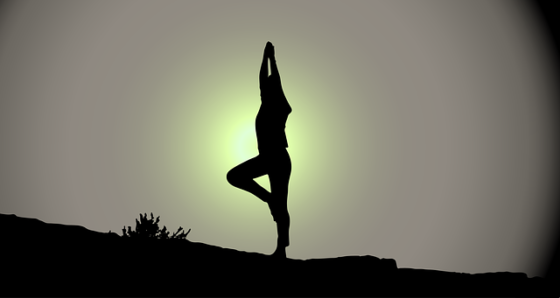Hot Yoga and Pregnancy: Learn the Risks
Last updated April 28, 2017.
Yoga is a great way to take care of your body. It improves your strength and flexibility and it’s good for your mood. It’s also extremely popular — a whopping 21 million people (that’s 9.5% of adults) in the U.S. practice yoga. There are specialized yoga classes of every stripe: different disciplines, different goals, different demographics. Among others, there are prenatal yoga classes designed for expectant mothers.
But if you’re planning on being a prenatal yogi, be careful of where you decide to take classes. When it comes to yoga and pregnancy, some styles can be dangerous for you and the baby.
Contents
Is hot yoga safe for pregnancy?
Hot yoga is a hot trend right now. Hot yoga involves practicing in a very hot, humid room — often 104 degrees or higher and 40% humidity. The heat is meant to increase your flexibility. Bikram Yoga is probably the most well-known, but Forrest Yoga, Power Yoga, Tribalance Yoga, and other styles also incorporate heat and humidity.
Hot yoga is tough even if you’re an experienced practitioner without any other health complications. And it may cause heat exhaustion or heat stroke as the temperature and the exertion overwhelm your body. It can also lead to muscle and joint damage as people feel they can stretch much further in the heat and may overextend. If you’re over the age of 50, have chronic health problems (like heart disease or diabetes), or are taking prescription medications or antihistamines, you should check in with your doctor to see if hot yoga is safe for you.
If you’re pregnant, it may be best to avoid hot yoga altogether. Pregnancy causes your muscles and tendons to loosen up in preparation for carrying the extra weight around and for delivery, meaning you may be more likely to overextend in the heat. Pregnancy also affects your blood pressure and can increase your risk for fainting, heat exhaustion, and heat stroke during hot yoga.
But most importantly, exposure to that kind of heat can be very dangerous for the baby. Hyperthermia, or high body temperature, is a known “teratogen” — something that can cause birth defects. Specifically, hyperthermia can double your little one’s risk for neural tube defects like spina bifida. In a related vein, this is why experts recommend that pregnant women never use hot tubs — the body temperature increase leads to an increased risk of gastroschisis (where the child’s organs protrude through the abdomen) and anencephaly (where a large portion of the child’s brain and skull fails to form). While gastroschisis may be treatable, anencephaly is fatal.
At the end of the day, hot yoga and pregnancy make for a risky combination — you can get back to the sweat after delivery!
Other Yoga Risks while Pregnant
Hot yoga isn’t the only potentially problematic practice during pregnancy. Certain other types of yoga and pregnancy just don’t mix.
No Handstands, Headstands
Practice that involves inversions — handstands, headstands, and shoulderstands, for example — can actually affect the little one’s position in the womb. These inversions can encourage the baby to turn rightside-up (with the head pointed in the same direction as your head). This is a “breech” position and can make for a very difficult delivery and pose serious risks to you and the baby.
Careful with Downward Facing Dog
In general, fully-inverted positions that have both hips and feet above the pelvis and head are riskiest. Other positions, like Downward Facing Dog, that have the pelvis above the head are less risky but you may still want to avoid them.
While inversions may encourage breech positioning, other positions may just be uncomfortable for both you and the baby. Moves that involve bending over or laying on your back and bringing your legs over your head can compress your belly and cause pain or stress out the baby.
New Exercises are a No-No
Note that you should not start a new form of exercise (including new types of yoga) while pregnant and you should not start practicing new forms of yoga while pregnant. The changes in your body make you more prone to injury as you try to work on new poses and stretches. You should also avoid practices that involve the risk of falling, such as acro-yoga, as a fall can hurt you or the baby or even cause potentially fatal damage to the placenta.
In addition to these considerations, always listen to your body — don’t do anything that doesn’t feel right to you.
Namaste to Yoga and Pregnancy
With these small exceptions, yoga and pregnancy are a generally a safe and healthy match. Yoga gets your heart pumping, your muscles moving, and your mind relaxing — and safe exercise is an important part of a healthy pregnancy. So if you’re already practicing, feel free to keep at it! Just watch out for the heat, the inversions, and the fall risk. There also are lots of great prenatal yoga classes out there. Check out your local instructors’ certifications to ensure that they’ve been specifically trained in prenatal yoga and know how to guide you through the practice safely.
And as always, you should keep in touch with your doctor about your exercise routine. Yoga and other types of exercise may be unsafe if you have certain complications or health conditions.
Did you practice yoga through your pregnancy? Let us know in the comments!









Leave a Reply
Want to join the discussion?Feel free to contribute!